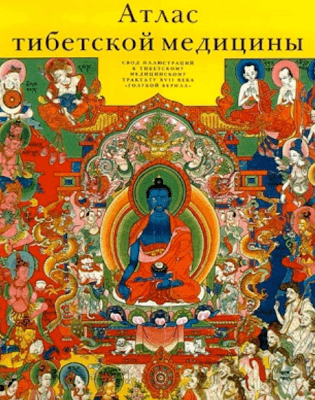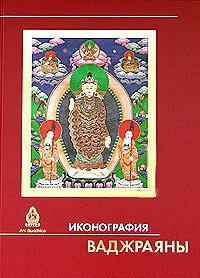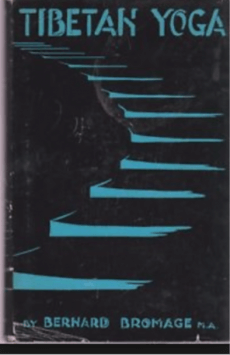Vajrayana and Tibet
Atlas of Tibetan Medicine
A collection of slides as well as commentaries on Zhud-shi and the illustrations.
Zhud Shi. Sheet 53
Treatment of old age and enhancement of potency. In the centre of the mandala is the palace of the celestials. In the palace on the lotus throne the White protector Maheshvara with a nectar vase in his hands is seated. To the right of the palace is Hayagriva with a baton in his hand. Above the palace are the buddhas Amitabha and Maitreya and bodhisattva Avalokiteshvara.
Zhud Shi. Sheet 70
Bloodletting and thermal procedures. On the figures of the upper part of the sheet there are vessels and bloodletting places in quantity of 79 units. There are only three unpaired bloodletting sites – the fontanel, the nasal vessel and the chest vessel.
Zhud Shi. Sheet 9
Channels and chakras. The chapter explains the complex structure of ‘tsa’ vessels inherent in the human body. The ’tsa’ word in Tibetan medical texts refers to both energy currents, blood vessels and nerve fibres, the unity of which, according to Tibetan physicians, is the basis of the spiritual and physical existence of the human body.
Zhud Shi. Sheet 47
‘Tantra of precepts’, Summary diagram of vessels, front view. Depiction of head types.
Zhud Shi. Sheet 45
‘The Healing of Infants’. When the child appears head-first, facing upwards, his umbilical cord wrapped around the upper part of the torso, the top of the head is oblong, the bones of the skull fit tightly together, the fontanel is small, when, seeing the light, he gives a loud cry, and firmly binds himself to the breast with his mouth – all these are good omens that portend health and well-being to the newborn.
The iconography of Vajrayana
The album edited by G. M. Bongard-Levin
A collection of tantric images of Vajrayana Buddhism.
One of the illustrations below depicts Dignaga.
Dignaga is a real person. A thinker of the 5th or 6th century. One of the founders of Buddhist logic called ‘tsema'. Dignaga mastered the art of winning public philosophical debates.
He is the author of the text Pramana-samuchchaya, a collection of sources of authentic knowledge. In his book, he reflects on complex phenomena such as perception (pratyaksha) (e.g., when we look at smoke in the distance and notice "I see smoke") and logical inference (anumana) ("If I see a smoke there, there must be a fire"). Dignaga also reflected on intuitive self-cognition - yoga pratyaksha, yogic perception.
Mandala Ekadashamukkha
Avalokiteshvary.
Tibet, XIX c. Mandala, primed fabric, mineral colours.
Simhanada Manjugkosha.
Tibet, XIX c. Tanka, primed fabric, mineral colours.
Dignaga
Tibet, 19th century. Tanka, primed fabric, mineral colours.
Vajrapani mandala
Tibet, XIX c. Mandala, primed fabric, mineral colours.
In the centre of the nine-part Vajrapani mandala is a Kriya tantra idam of the Vajra family.
Vajrasattva
Buryatia, 18th century. Tanka, primed fabric, mineral colours.
Vajrasattva is an idam of Kriya tantra, that belongs to the Vajra family, depicted in a single image, in vajra asana, with a golden vajra in the right hand and a silver bell with a golden half-vajra shaped handle in the left hand.



